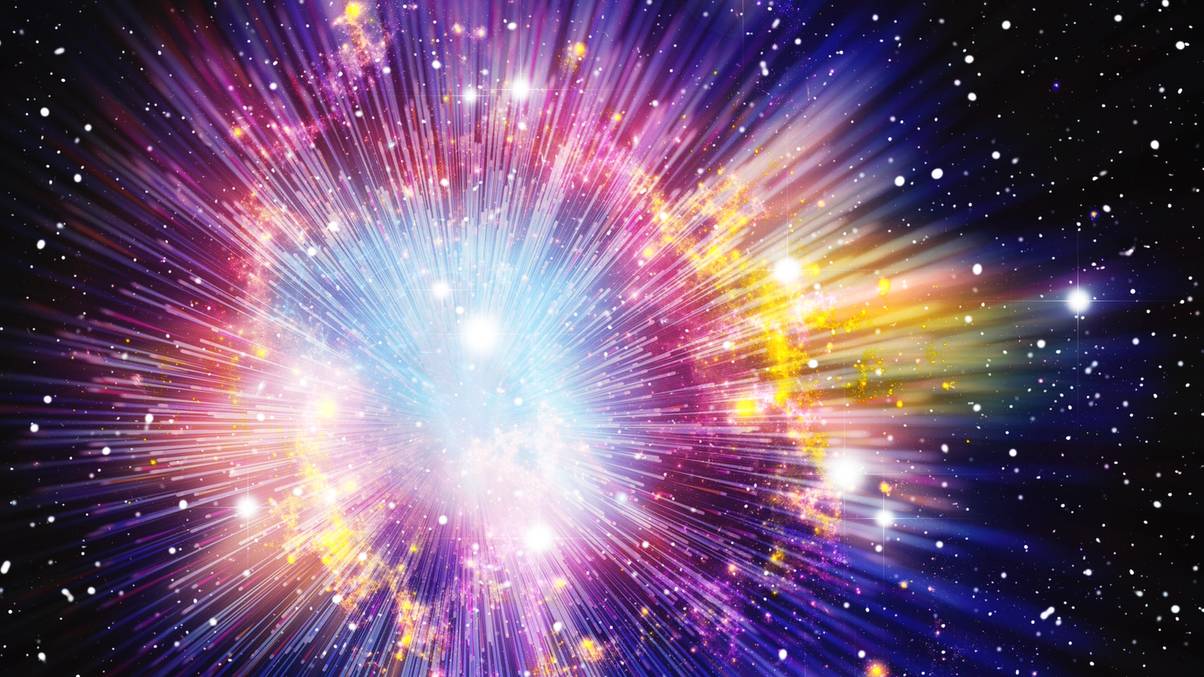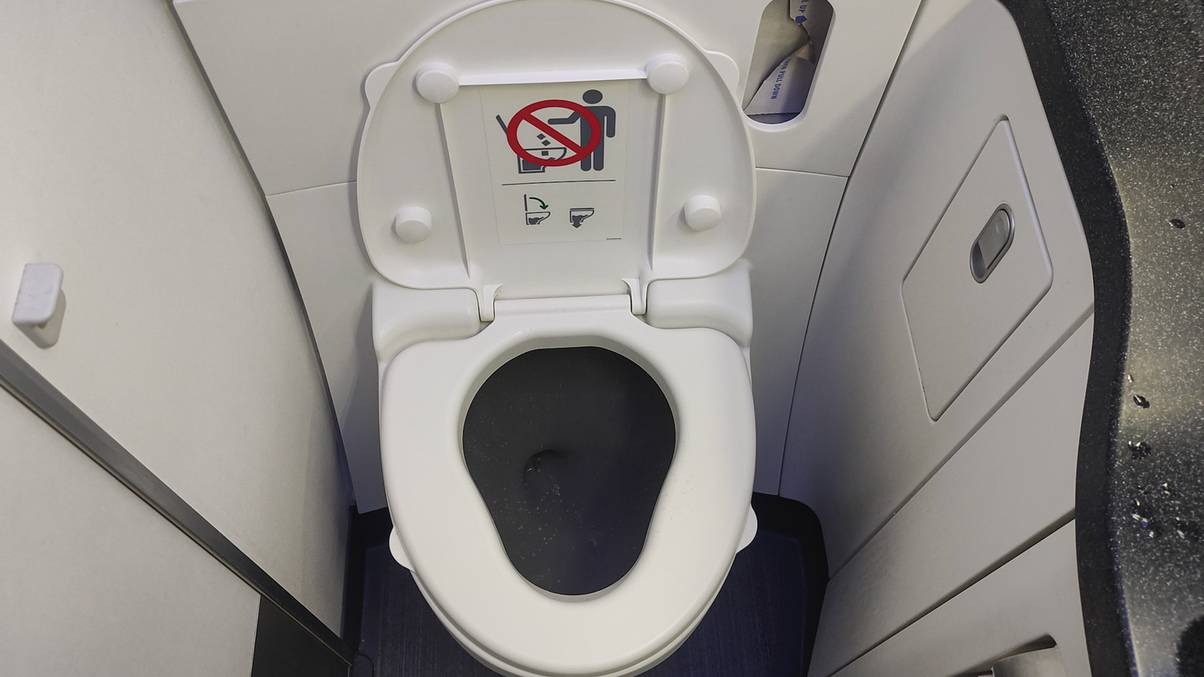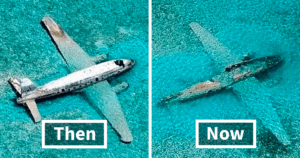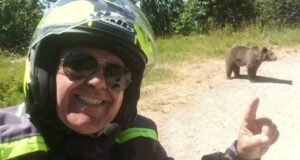“Unlocking Earth’s Darkest Secret: How a 200-Year-Old Puzzle Revealed the Near-Destruction of Our Planet by a Giant Volcano”
What would you do if you discovered a volcanic eruption had almost brought the world to its knees two centuries ago? Sounds like the plot of a sci-fi movie, right? Well, buckle up! A team of brilliant scientists from the University of St Andrews has cracked the code on one of Earth’s biggest “who-dunnit” mysteries: the 1831 eruption dubbed the most recent ‘mystery eruption.’ This event didn’t just shake the ground; it sent global temperatures plummeting by 1°C, triggering famine and chaos worldwide. After years of speculation about the eruption’s origin, Dr. Will Hutchison and his team have finally pinpointed the culprit: the Zavaritskii volcano on the remote island of Simushir, nestled in the disputed Kuril Islands. Get ready to dive into the intriguing details of this explosive revelation. LEARN MORE.
A team of scientists have revealed the mystery location of a giant volcanic eruption which almost wiped out the entire world 200 years ago.
Researchers from the University of St Andrews have learnt a lot more about the incident in 1831 – said to be Earth’s most recent ‘mystery eruption.’
The eruption from that one volcano lead to a worldwide temperature of 1C, causing famines and crop failures all around the globe.

The incident in 1831 is said to be Earth’s most recent ‘mystery eruption’ (PA)
For years, the community have debated which exact volcano the eruption came from, that was until Dr Will Hutchison from the School of Earth and Environmental Sciences came along.
His team took a close look at the ice core records from the event and were able to perfectly match it to the ash reports.
The research, published in the Proceedings of the National Academy of Sciences journal, confirmed that the eruption was caused by the Zavaritskii volcano on the remote, uninhabited island of Simushir.
Though this patch of land is part of the Kuril Islands, a disputed territory between Russia and Japan.
“Only in recent years have we developed the ability to extract microscopic ash shards from polar ice cores and conduct detailed chemical analyses on them,” Dr Hutchison said.
“These shards are incredibly minute, roughly one tenth the diameter of a human hair.
“We analysed the chemistry of the ice at a very high temporal resolution.

Scientists have solved the 200 year mystery surrounding the 1831 volcano eruption (PA)
“This allowed us to pinpoint the precise timing of the eruption to spring-summer 1831, confirm that it was highly explosive, and then extract the tiny shards of ash.
“Finding the match took a long time and required extensive collaboration with colleagues from Japan and Russia, who sent us samples collected from these remote volcanoes decades ago.
“The moment in the lab when we analysed the two ashes together, one from the volcano and one from the ice core, was a genuine eureka moment.”
He added: “I couldn’t believe the numbers were identical.
“After this, I spent a lot of time delving into the age and size of the eruption in Kuril records to truly convince myself that the match was real.”
Currently, the island is controlled by Russia and is used as a strategic military outpost.
Dr Hutchison said: “There are so many volcanoes like this, which highlights how difficult it will be to predict when or where the next large-magnitude eruption might occur.
“As scientists and as a society, we need to consider how to co-ordinate an international response when the next large eruption, like the one in 1831, happens.”












